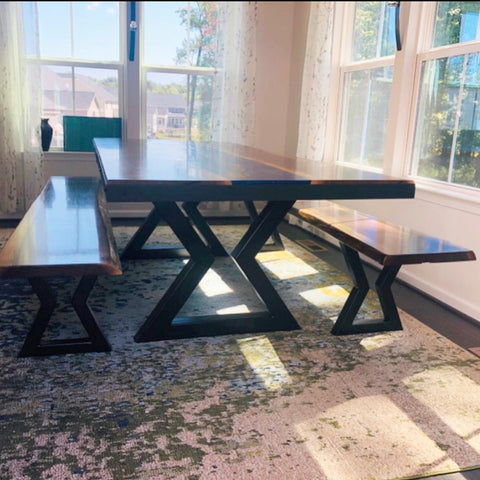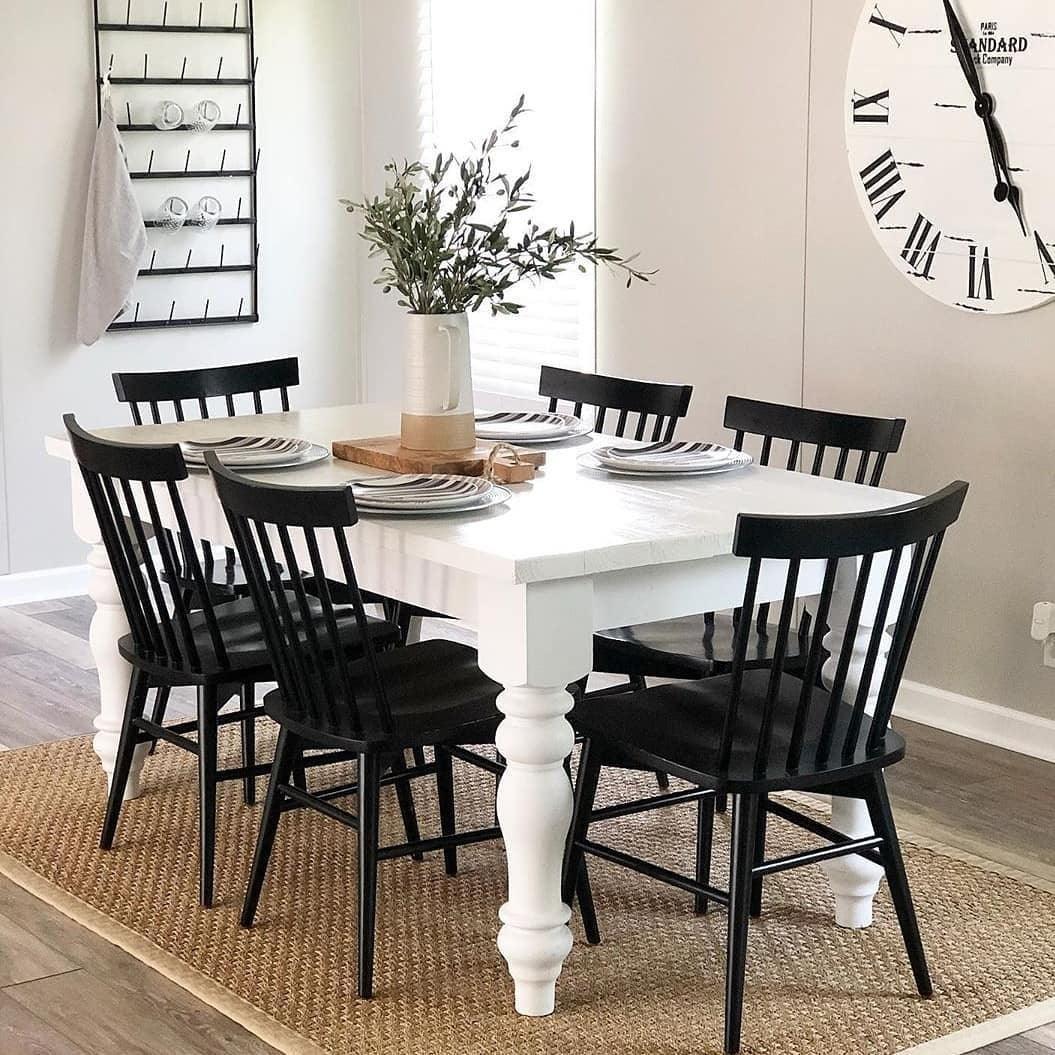Creative Ideas for Replacing or Refurbishing Your Dining Room Table Legs
Wiki Article
From Typical to Modern: Find the Suitable Dining-room Table Legs for Your Style
While timeless styles such as cabriole and transformed legs evoke a feeling of classic elegance, modern styles like hairpin and geometric alternatives provide an opportunity for striking aesthetic rate of interest. As you take into consideration these aspects, the question stays: just how can you seamlessly integrate these varied leg designs to produce an unified dining experience?Understanding Table Leg Styles
The range of dining-room table leg styles can dramatically influence both the aesthetics and performance of the space. Each leg style contributes distinct functional functions and visual aspects, dealing with diverse design preferences and use needs. Recognizing these designs is critical for choosing the right eating table that aligns with your general indoor layout vision.For circumstances, conical legs use a tidy, timeless appearance that can boost a room's elegance, while stand bases give stability and make the most of legroom, making them excellent for smaller spaces. Barrette legs, a trademark of mid-century contemporary layout, introduce a commercial panache, permitting a ventilated, open feeling. In a similar way, trestle legs evoke rustic appeal, supplying robust assistance and a feeling of timelessness.
Wooden legs can bring warmth and texture, whereas steel choices usually communicate a streamlined, contemporary vibe. Ultimately, recognizing table leg designs is essential for creating a cohesive dining location that reflects individual style while making certain functionality and convenience.
Conventional Table Leg Options
When picking eating area table legs, standard options commonly personify classic sophistication and craftsmanship. These styles show a rich heritage and a dedication to quality, making them suitable for those that value classic looks.One of the most famous standard leg styles is the cabriole leg, defined by its graceful curved form. This style typically features decorative carvings and is most commonly located in Queen Anne and Chippendale furnishings. Another popular option is the turned leg, which boasts a series of smooth, rounded shapes that supply a classic appearance while keeping stability.
Furthermore, the straight leg, while basic, offers a durable and basic framework that can mix effortlessly with a variety of tabletop styles. For those drawn to ornate detailing, claw-and-ball feet legs evoke a feeling of majesty and can act as a sensational centerpiece in any type of eating area.
Last but not least, stand bases, although not strictly legs, provide an alternate typical choice that permits for adequate legroom and can be wonderfully sculpted. Each of these conventional leg styles adds to the overall atmosphere of a dining room, marrying function with visual charm.

Modern Table Leg Designs
Modern table leg designs supply a diverse variety of styles that stress clean lines and ingenious products. These layouts frequently prioritize functionality while functioning as striking centerpieces within an eating space. Minimal aesthetics are prevalent, with legs crafted from materials such as steel, glass, and engineered wood, which contribute to a ventilated and modern feeling.One popular style is the hairpin leg, identified by its slim, conical structure that provides security without overwhelming the table top (dining room table legs). This style is frequently located in mid-century modern furnishings and can easily complement various table forms. An additional trend is making use of geometric shapes, where legs might handle asymmetrical or angular forms, adding aesthetic passion and a touch of artistry

Blending Styles for One-of-a-kind Spaces
Typically, property owners seek to develop unique eating areas that reflect their personal style by mixing various style components. This strategy permits for the unification of diverse appearances, causing an unified yet distinct setting. For example, matching a rustic wood table with streamlined, modern metal legs can produce a distinctive comparison that boosts the room's overall appeal.In addition, incorporating vintage table legs with modern tabletops can evoke a feeling of background while preserving a modern-day perceptiveness. Such mixes not only showcase private taste yet also encourage creative thinking, here permitting property owners to curate an area that really feels both personal and welcoming.
Shade plays a critical role in this mixing procedure; picking table legs that enhance or comparison with the existing color system can enhance visual rate of interest. For instance, whitewashed legs can soften the boldness of a dark table surface, creating a well balanced visual.
Tips for Choosing the Right Legs
Choosing the right table legs is important for accomplishing both functionality and aesthetic appeal in your eating room. Begin by thinking about the general design of your area. Standard setups gain from legs that include intricate makings or turned designs, while modern spaces may require streamlined, minimalist styles.Next, assess the height and security of the legs. dining room table legs. Conventional eating tables range in between 28 to 30 see inches in height, so make sure the legs match this measurement for comfort. Furthermore, durable products, such as wood or metal, can improve stability and longevity
Review the leg shape also-- alternatives include directly, tapered, or stand designs. Straight legs use a classic look, while tapered legs can add a touch of style. Pedestal bases provide adequate legroom and are ideal for smaller spaces.
Conclusion
In recap, choosing the excellent eating area table legs calls for careful consideration of both standard and contemporary styles. By balancing leg style, elevation, and material with the general design, a natural and inviting atmosphere can be accomplished.The selection of dining room table leg styles can considerably influence both the looks and functionality of the space. Inevitably, recognizing table leg designs is important for producing a natural eating area that reflects individual design while making sure practicality and comfort.One of the most renowned conventional leg designs is the cabriole leg, identified by its stylish rounded form. Straight legs offer a traditional look, while tapered legs can add a touch of beauty.In summary, selecting the ideal dining room table legs calls for mindful consideration of both standard and contemporary styles.
Report this wiki page